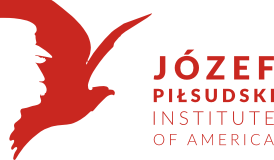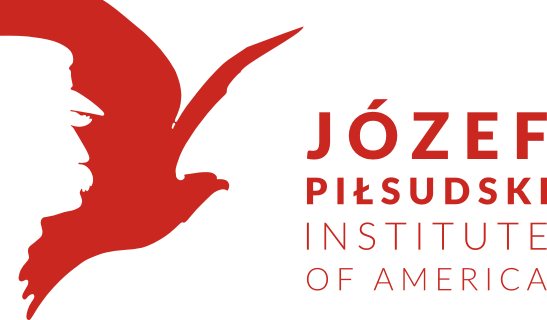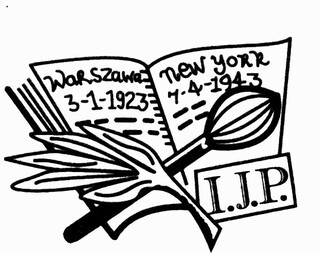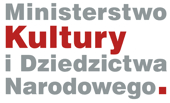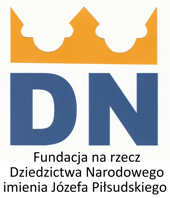The whirlwind of World War II displaced major Henryk Floyar-Rajchman, colonel Ignacy Matuszewski, Wacław Jędrzejewicz and swirled them around all the way to the New World. In the interwar Poland they were members of intellectual and political elite, holding ministerial positions in the government, their lives had changed after arrival in America. They shared the humble destinies of countless other immigrants, all striving to carve out new lives in a foreign land. After successfully completing a risky mission to transport Polish gold to the West and embarking on a two-year odyssey across Europe, they finally arrived in New York City in 1941.
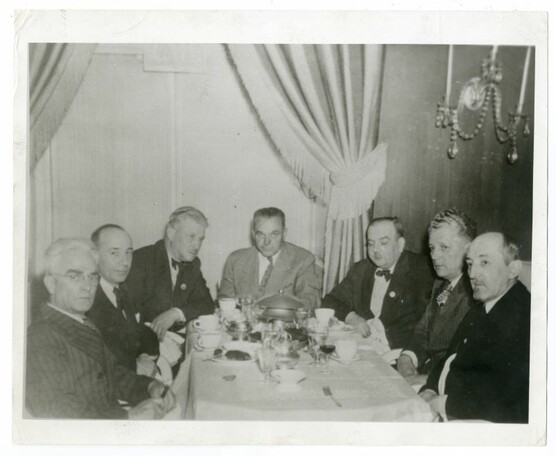 The founders of the Pilsudski Institute of America is San Francisco 1945.
The founders of the Pilsudski Institute of America is San Francisco 1945.
In an effort to safeguard valuable historical documents brought from Poland and tirelessly seek American support and interest in Polish affairs, in 1943, they established the Józef Piłsudski Institute in America.
The full name of the Institute is the Józef Piłsudski Institute in America, Dedicated to the Exploration of Poland's Recent History. The concept of establishing the Institute was deliberated upon during a gathering of Polish-American advocates on July 3-4, 1943, in New York City's Washington Hotel. The committee entrusted with creation of the Institute included, alongside Matuszewski, Floyar-Rajchman, and Jędrzejewicz, affluent Polish-American advocates: Franciszek Januszewski, the publisher of Detroit's "Dziennik Polski," Maksymilian Węgrzynek, publisher of New York's "Nowy Świat," as well as Lucjusz Kupferwasser and W. Skubikowski from Chicago. Regrettably, no photograph commemorating this event has survived, but among our collections, we possess a photograph from one of the founders' meetings held in San Francisco in 1945.
The Józef Piłsudski Institute in America drew its ideological inspiration from its counterpart established in Warsaw in 1923. Consequently, the official logo of the Institute bears two significant dates: 1923 and 1943. The beginnings of the Institute were modest, with its inaugural headquarters situated in Manhattan at 105 East 22nd Street, at the United Charities Building. The building, founded by the affluent banker of the Kennedys family, was designed to accommodate a spectrum of associations and charitable organizations, which leased office spaces at rates well below market value.
Matuszewski, Floyar-Rajchman, and Jędrzejewicz were deeply immersed in the activities of the Institute. Matuszewski tirelessly wrote and published articles and letters, hoping to influence American public opinion, critisining the Allies' for being to passive towards the Soviets. All of them experienced profound disappointment when it quickly became apparent that their voices did not find favor among American politicians and became an uncomfortable impediment in the Allies' negotiations with Soviet Russia. Ignacy Matuszewski and Henryk Floyar-Rajchman passed away prematurely and were laid to rest in New York. In 2016, their remains were exhumed, transported to Poland, and laid to rest at Warsaw's Powązki Cemetery.
As time passed, the Institute itself evolved beyond being merely an archive for the historical documents and gatherings of former associates of Marshal Piłsudski. It transformed into an important place for the entire Polish-American community, a unique enclave of Polish culture on American soil. Thanks to the generosity of the Polish-American community, the Institute's archival resources expanded, encompassing collections of photographs and artwork.
Throughout its 80-year history, the Institute changed its location several times, and had an honor to host individuals with remarkable patriotic backgrounds: Polish Legions soldiers, Piłsudski supporters, veterans of World War II, Siberian deportees, political prisoners from the communist era, and Solidarity activists along with Presidents and Senators from US and Poland. Today, it stands as a vibrant institution, headquartered at 138 Greenpoint Avenue, historical and cultural center, passing down its tradition and historical wisdom to generations born far from their homeland.
Watch a movie about the Pilsudski Institute.
The project was supported by:



